Tag Archives Manitoba Agriculture
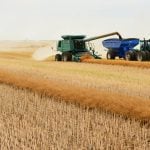
Manitoba Crop Report: Harvest near completion despite snowfall
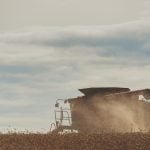
Manitoba Crop Report: Harvest advances despite heavy rains
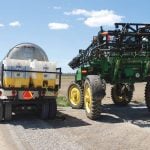
Warding off dicamba spray drift
Some experts say dicamba’s drift risk isn’t worth it, while others say it’s a matter of proper management
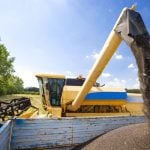
Manitoba harvest sees winter crops pass halfway point
Combining of spring crops getting started

Anhydrous ammonia boosts forage
If done safely, ammoniated forage can encourage livestock to eat more and result in better nutrition and less spoilage
Glacier FarmMedia – Anhydrous ammonia has long been a critical input for Manitoba’s field crops — now it’s also increasingly finding its way onto livestock operations as a feed enrichment strategy. Molasses has historically been used to enrich lower value forages, but when used safely, farmers are finding anhydrous ammonia can be a better option. […] Read more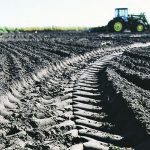
Reduce compaction with crop and path planning

Man. crops punch above their weight this year
Late season conditions appear to have given crops a boost as yields are higher than Statistics Canada’s earlier forecast
Glacier FarmMedia – Soybean yields could break a provincial record this year. According to the Oct. 8 Manitoba Agriculture crop report, with 70 per cent of the soybean harvest complete, reported yields are between 35 and 60 bushels an acre, with an average of 45. That was also the estimated yield range in the prior […] Read more
Dry bean trials in Manitoba focus on improved varieties
Beans a relatively minor crop in Western Canada, and most varieties are developed with other regions in mind, such as the United States
Glacier FarmMedia – Dry bean growers have limited options when it comes to variety selection. “With dry beans, it’s a little different than other crops,” said Dennis Lange, provincial pulse and soybean specialist with Manitoba Agriculture. “For example, in soybeans, we typically rotate varieties based on popularity, and there’s a lot of different companies involved […] Read more
The fall weed control checklist

Prairie fusarium levels mixed; some grades take a hit
‘Significantly more’ reports of fusarium head blight seen in Sask. cereal crops this season; Man. also has problem areas
Glacier FarmMedia – Fusarium head blight, a persistent threat to cereal crops across the Prairies, is making a stronger-than-usual appearance this season, but the severity and location varies. Compared to previous years, said Alireza Akhavan, a provincial plant disease specialist in Saskatchewan, she has received “significantly more” reports of fusarium head blight in cereal crops […] Read more


